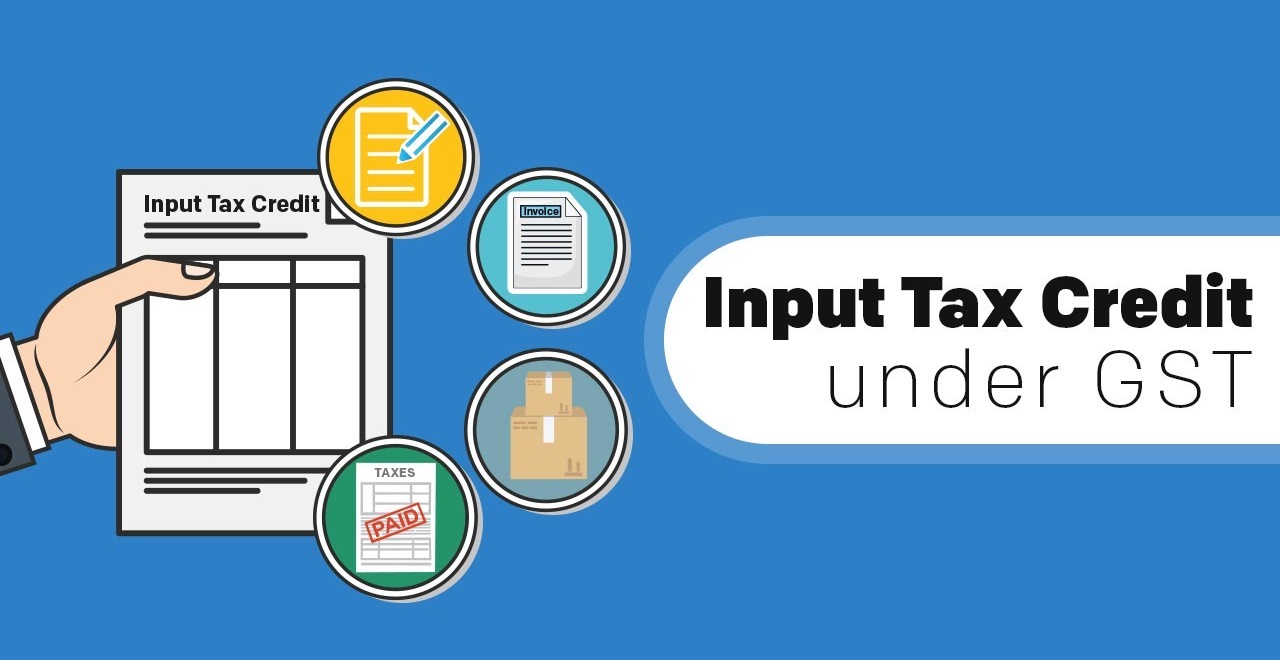Scrutiny notices and recent departmental intimations have left taxpayers grappling with queries concerning the reversal of excess input tax credit claimed in Form GSTR 3B in comparison to GSTR 2A. Are these communications legally binding? Is it mandatory for taxpayers to reverse these credits? Let’s dissect the legal provisions for clarity.
Eligibility Criteria Until December 31, 2021
Section 16(2) of the CGST Act, 2017, outlined four conditions for input tax credit eligibility:
- Possession of valid tax invoices or debit notes
- Receipt of goods or services
- Supplier’s tax payment
- Filing of returns by the recipient
Evolution of Rules: Rule 36(4) and Constitutional Validity
Rule 36(4) of the CGST Rules 2017, enforced from October 9, 2019, initially restricted credits exceeding 20% of eligible GSTR 2A credits not uploaded by suppliers. Subsequent reductions in limits culminated in its removal effective January 1, 2022. The constitutional validity of Rule 36(4) is now under scrutiny due to its conflict with the Act’s provisions until December 31, 2021.
The GSTR 2A Conundrum
The Supreme Court ruling in Bharti Airtel Limited emphasizes that GSTR 2A is a reference document, requiring taxpayers to claim input tax credit based on self-assessment, implying no legal basis for restricting credits based on GSTR 2A.
System Failures and Challenges
Section 16(2)(c) mandates input tax credit if the supplier pays taxes, yet there’s no provision for recipients to verify supplier tax remittance. Instances could arise where taxes are paid by the supplier but aren’t reflected in the recipient’s GSTR 2A due to various reasons, indicating a system failure in enabling recipients to verify payments.
Circulars and Compliance Challenges
Circular 183/15/2022 from CBIC outlines procedures for differences in input tax credit between GSTR-3B and GSTR-2A. However, the authenticity of a certification requirement for substantial differences and the absence of legal backing for such procedures raise compliance issues.
Legal Standpoint and Recent Amendments
Until December 31, 2021, complying with Section 16(2) validated input tax credit claims. Subsequently, effective January 1, 2022, the insertion of clause (aa) mandates credit alignment with GSTR 2A, substantiating its necessity post-2021.
In conclusion, until December 31, 2021, the Act didn’t restrict input tax credit based on GSTR 2A. Post-2021, legislative amendments enforce credit alignment with GSTR 2A, emphasizing its legal mandate.
Frequently Asked Questions (FAQs) about GSTR 2A and GSTR 3B Discrepancies:
1. What are GSTR 2A and GSTR 3B, and how do they differ?
GSTR 2A is a document generated for recipients to validate ITC claims based on invoices uploaded by suppliers. GSTR 3B, however, is a self-declared summary return where taxpayers report their tax liabilities and claim input tax credits.
2. Can the department demand reversal of excess ITC claimed in GSTR 3B compared to GSTR 2A?
While recent notices have demanded such reversals, the legality and validity of this claim are under scrutiny. The Act, until December 31, 2021, didn’t mandate credit restrictions based on GSTR 2A.
3. What criteria must recipients fulfill to claim ITC until December 31, 2021?
Recipients had to meet four conditions: possession of valid invoices, receipt of goods/services, supplier’s tax payment, and filing returns, as outlined in Section 16(2) of the CGST Act, 2017.
4. How did Rule 36(4) affect input tax credit and its subsequent amendments?
Rule 36(4) restricted credits exceeding a certain percentage of eligible credits in GSTR 2A not uploaded by suppliers. Amendments reduced this limit before its removal effective January 1, 2022.
5. Can discrepancies arise between GSTR 2A and actual tax payments made by suppliers?
Yes, various factors, including misreporting by suppliers or errors in filing, might cause payments made by suppliers not to reflect in the recipient’s GSTR 2A.
6. What challenges do taxpayers face regarding compliance and circular directives?
Circulars, like Circular 183/15/2022, outline procedures for discrepancies but lack legal authority. The challenge lies in compliance with procedures lacking legislative backing.
7. How did recent amendments affect input tax credit claims based on GSTR 2A?
Until December 31, 2021, the Act didn’t bind input tax credit to GSTR 2A, an amendment effective January 1, 2022, introduced clause (aa), necessitating alignment with GSTR 2A for credit claims.
8. What’s the significance of the Supreme Court ruling on GSTR 2A?
The Supreme Court’s stance highlights GSTR 2A as a reference document, emphasising the self-assessment basis for taxpayers in claiming input tax credit.
These FAQs provide insights into discrepancies between GSTR 2A and GSTR 3B, addressing common queries about input tax credit claims and compliance.
GET IN TOUCH



